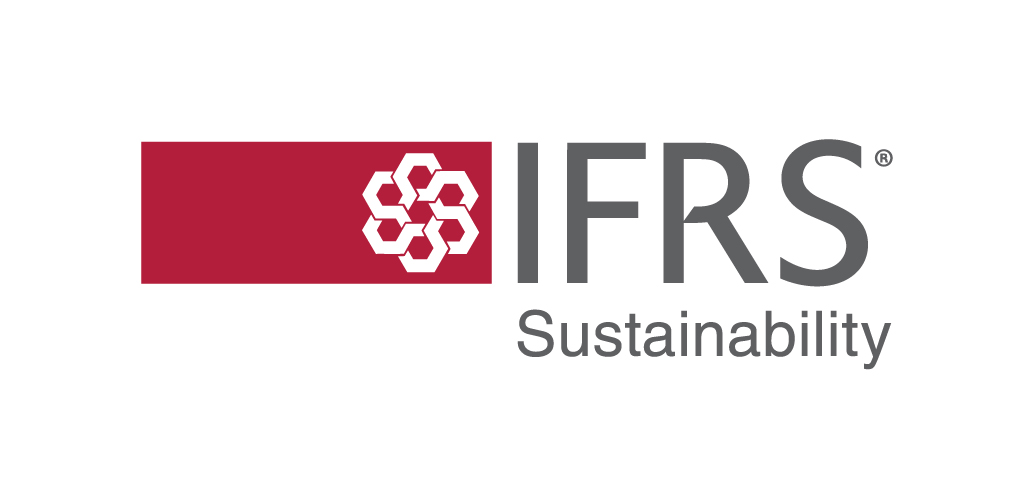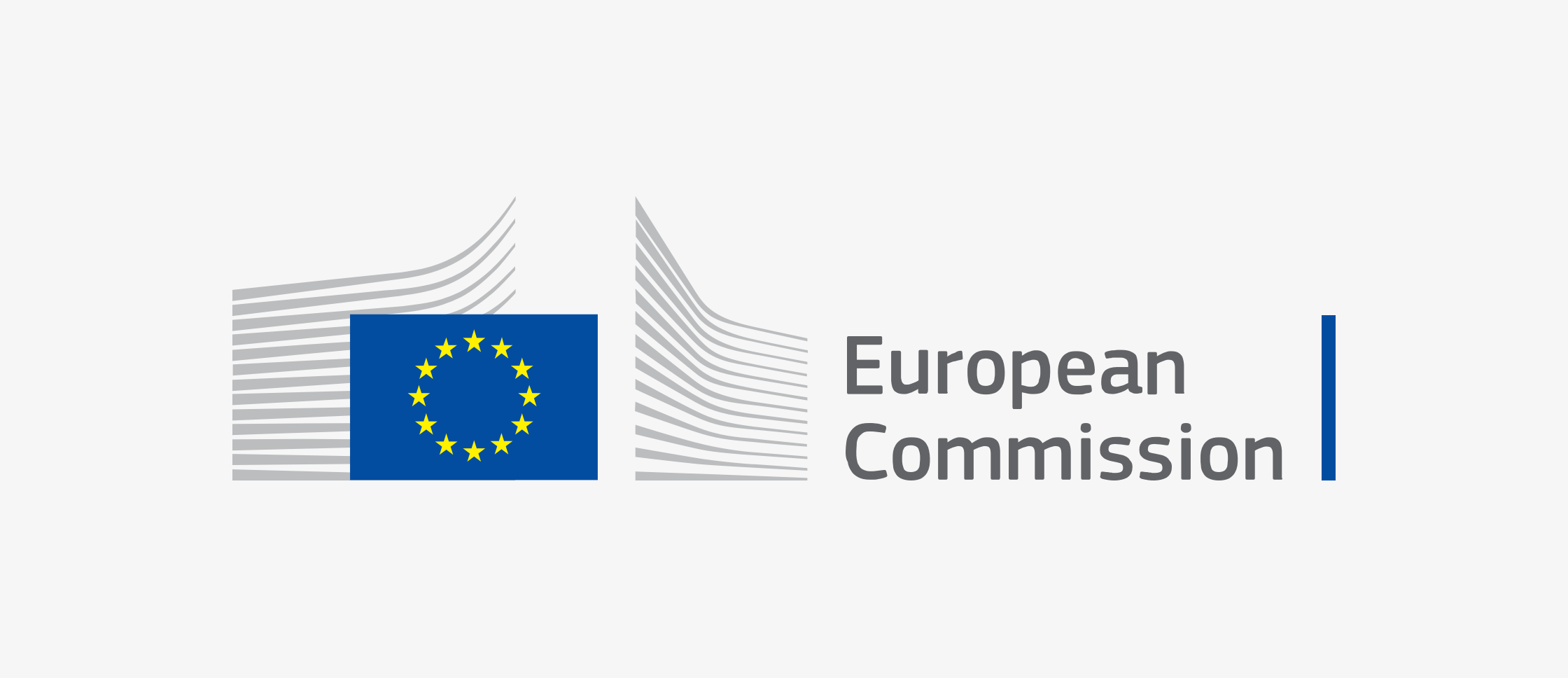Why is disclosure beyond the balance sheet so important?
Investors and other stakeholders want to understand the narrative behind a company’s long-term value creation. This narrative must be connected with the available financial and nonfinancial information (including environment, social, and governance factors). Companies are required to go beyond the balance sheet.
The Toolkit
The Beyond the Balance Sheet toolkit guides companies, regulators, stock exchanges, and investors in preparing comprehensive and comparable disclosures that reflect today's investors' and stakeholders' views of what drives corporate value. It aligns with the IFRS Sustainability Disclosure Standards, IFRS S1 and IFRS S2, and the European Sustainability Reporting Standards.
Based on a model annual report, this online tool provides progressive guidance on reporting material information about a company's governance, strategy, risk management, and performance - including the impact of ESG factors and contribution to sustainable development. Explore a section:
- Governance
-
Increasingly, companies are considering environmental, social, and governance (ESG) matters to manage risks and capitalize on opportunities. By reporting on its governance practices and policies, risk oversight, internal control systems, internal and external audit, and the role of the board and management, companies help investors and other stakeholders understand how companies are addressing sustainability issues.
- Strategy
-
A corporate strategy is a plan for future performance, a road map to achieving the company’s long-term goals and targets. By reporting on progress in implementing strategic plans and delivering on long-term goals, companies provide material forward-looking information, transparency, and accountability to investors and stakeholders.
- Risks, Impacts, and Opportunities Management
-
Risks and opportunities are key external and internal variables that have a positive or negative influence on a company’s business model and its ability to create value (both financial and nonfinancial). A company does not operate in a vacuum. Its operations, products, and services have a positive or negative impact on its surrounding environment, employees, and clients and the communities in which it operates. Reporting on risks, impacts, and opportunities and how a company manages them helps investors and other stakeholders understand whether the company can address future challenges, reduce its impact, and realize opportunities.
- Performance, Metrics and Targets
-
Performance information provides accountability to investors and stakeholders on how the company performs against its strategic goals and objectives. It includes an overall performance assessment and a detailed financial and sustainability results presentation. By reporting financial and sustainability metrics and targets, companies provide investors and other stakeholders with decision-useful comparable information and measure progress toward achieving sustainability targets.


